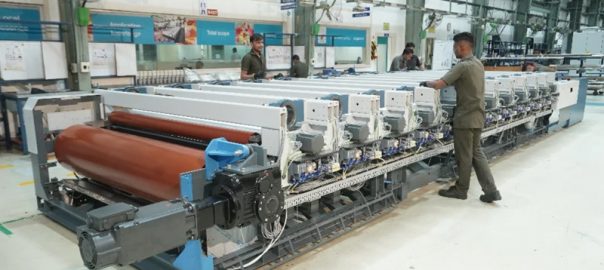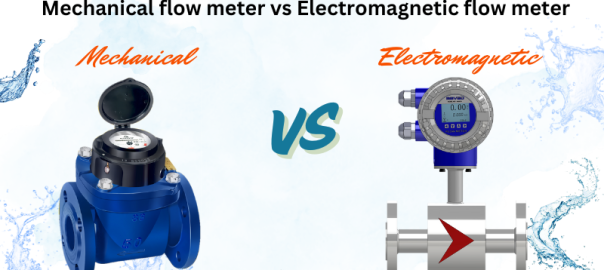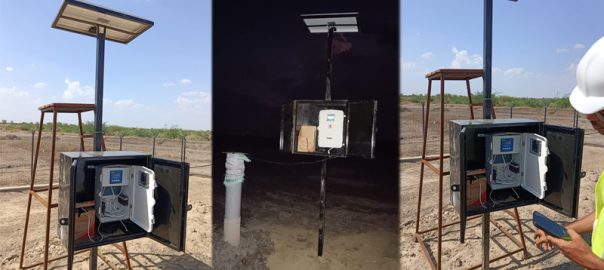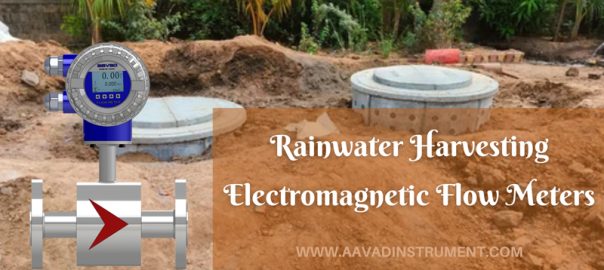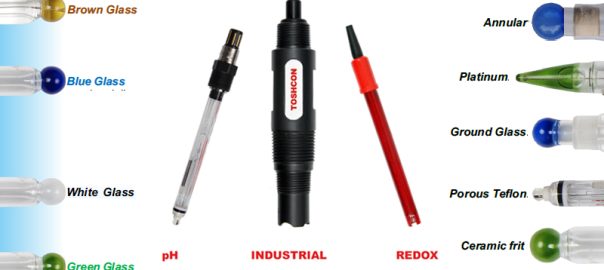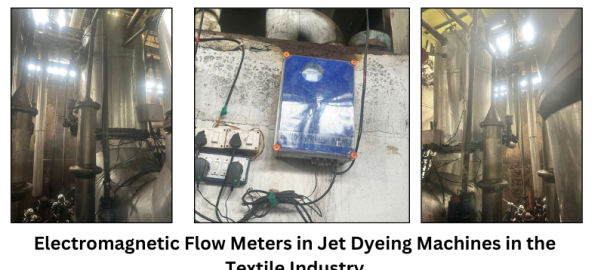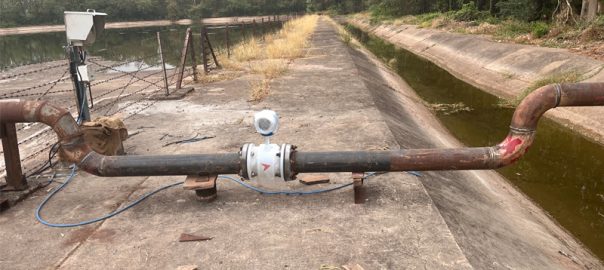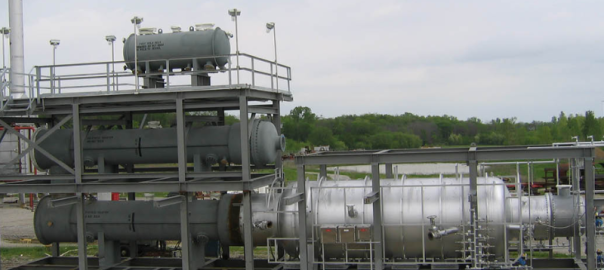
Thermocouple Junction: Grounded
A Grounded Measurement Junction Is The Union Of Two Dissimilar Metals That Also Touches The Outside Protective Sheath. Any Temperature Changes Will Be Picked Up Much Quicker Than An Ungrounded Probe With This Direct Physical Connection. This Rapid Response Comes With A Risk Though. By Connecting The Hot Junction Of The Thermocouple To The Protective Sheath There Is The Potential For A Ground Loop To Be Created. This Is Another (Undesirable) Path For Current To Travel Through And Will Interfere With The Signals Of Your Thermocouple. This Interference Will Lead To Inaccurate Readings.
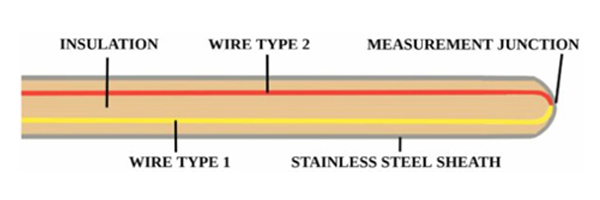
Figure 1: A Grounded Thermocouple Measurement Junction
Thermocouple Junction: Ungrounded
In This Type, The Junction Is Suspended Within The Sheath, Surrounded By Insulation, And Not Touching The Edges. This Helps Protect The Sensor And Provides A Steady And Accurate Temperature Measurement Reading. That, However, Comes At The Cost Of Response Time As Any Temperature Changes Must Permeate Through To The Enveloped Junction.
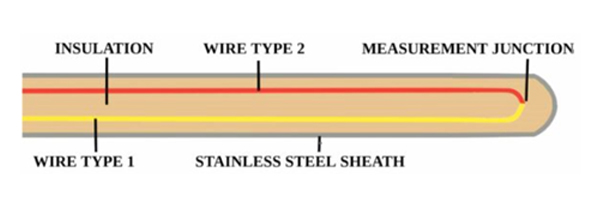
Figure 2: An Ungrounded Thermocouple Measurement Junction
Thermocouple Junction: Exposed
Making Most Direct Contact With The Process, Exposed Measurement Junctions Are The Quickest Responding Thermocouple Junction Type. These May Have Some Sort Of Protective Layer But Ultimately The Union Of The Two Dissimilar Metals Is Bare. The Drawback To This Type Is The Direct Wear On The Junction And Either The Acceptance Of Often Replacing The Instrument Or Restricting Its Use In Harsh Environments.
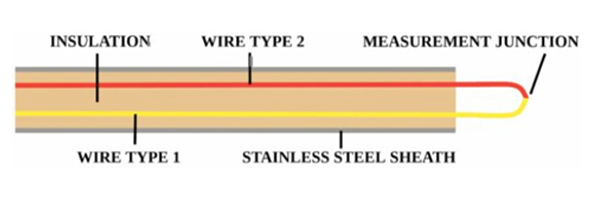
Figure 3: An Exposed Measurement Junction

